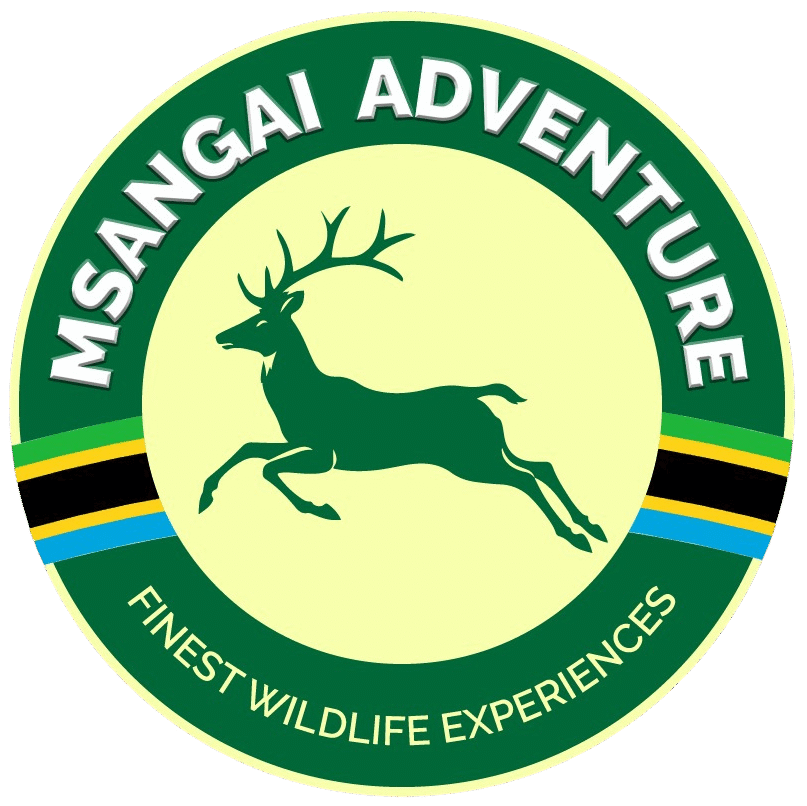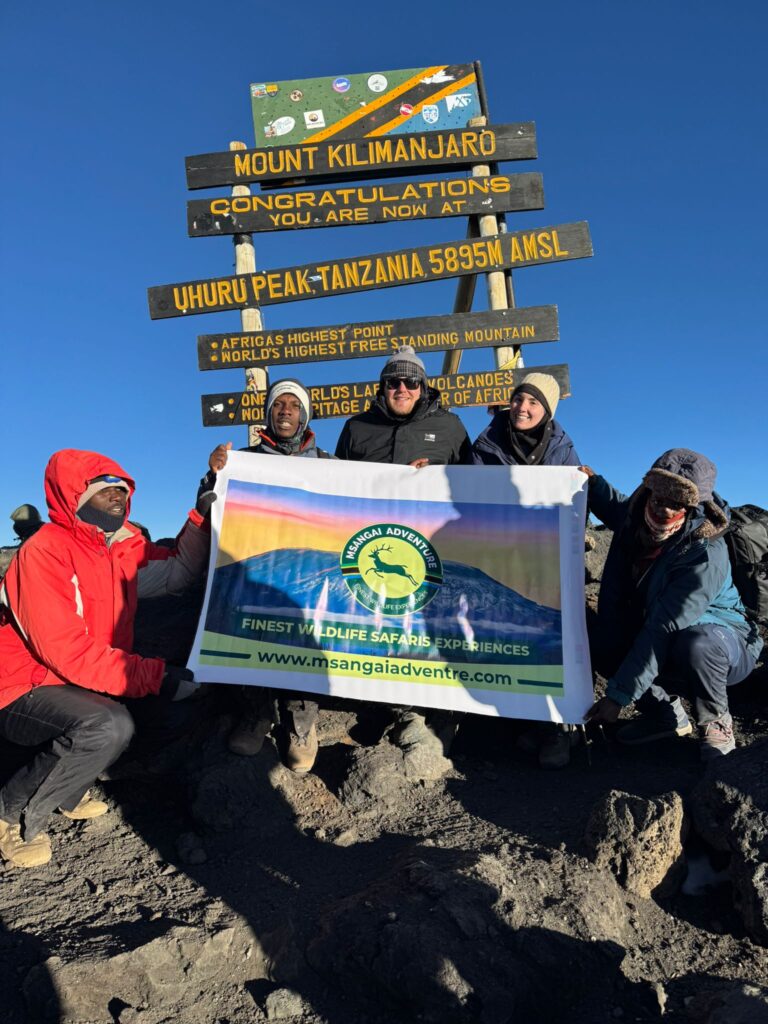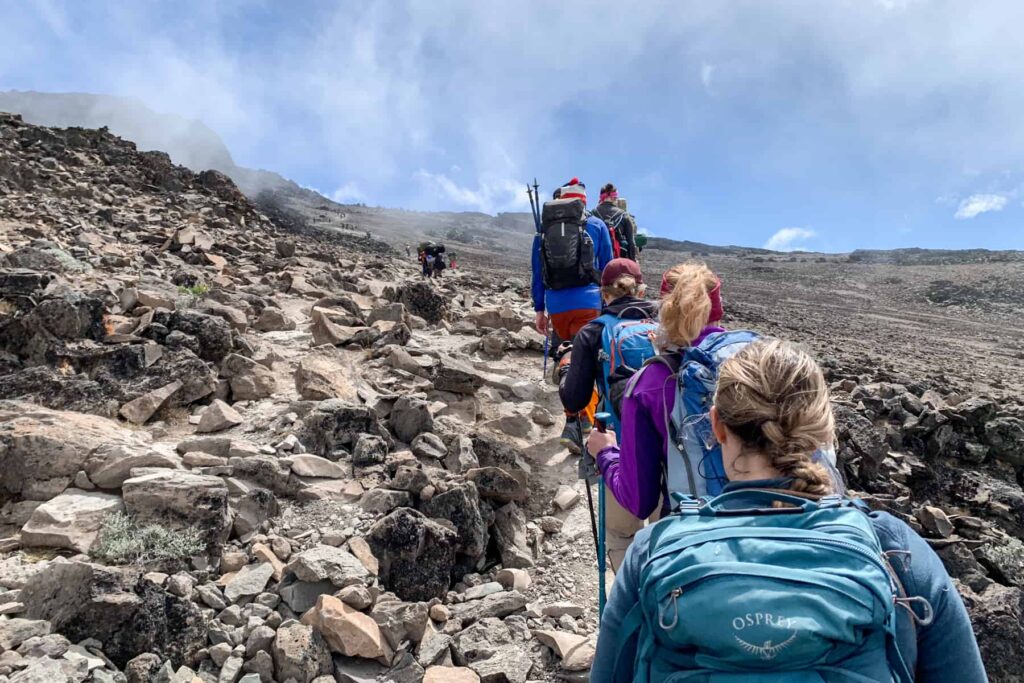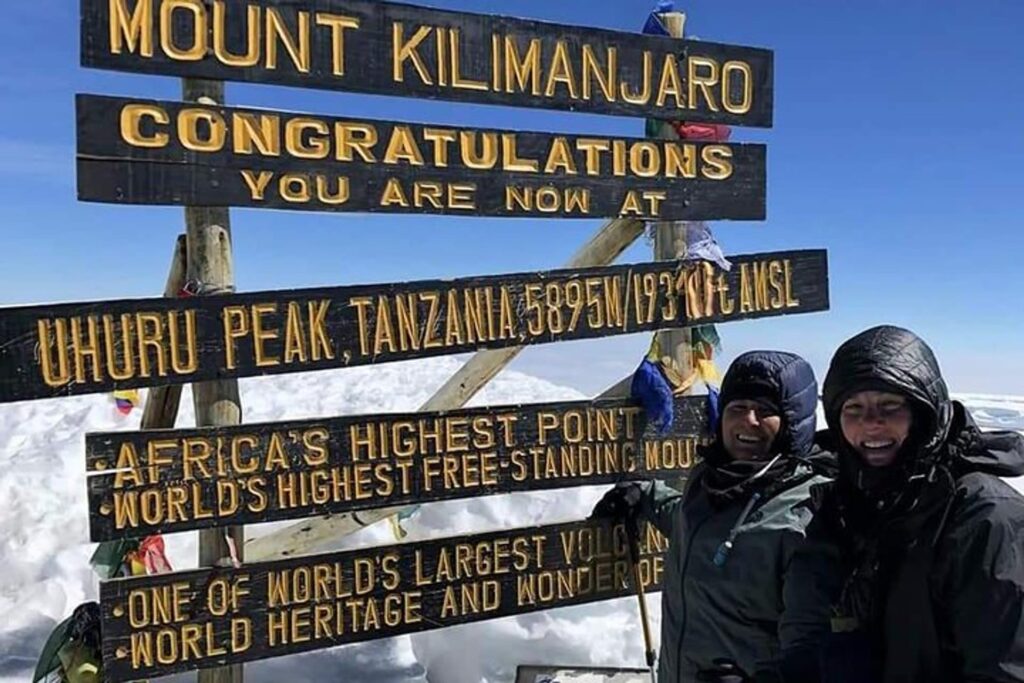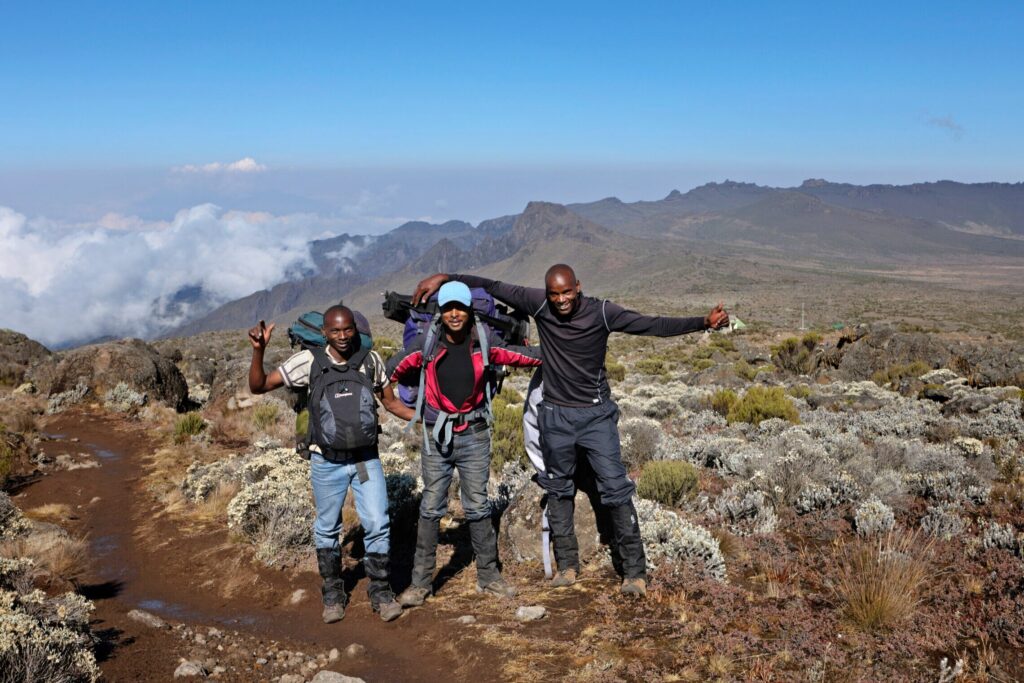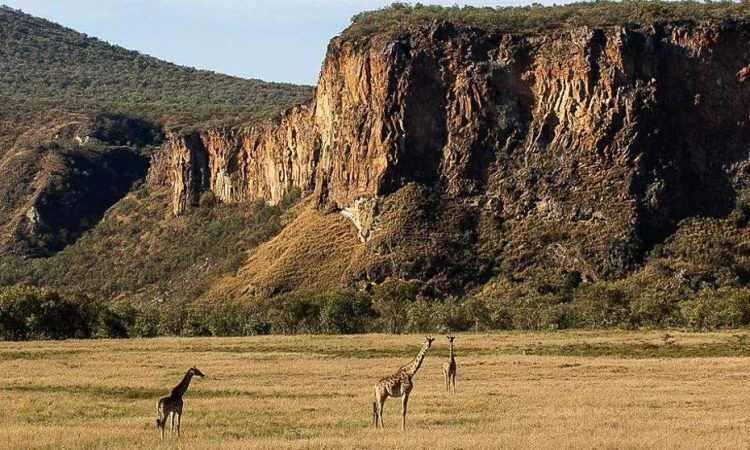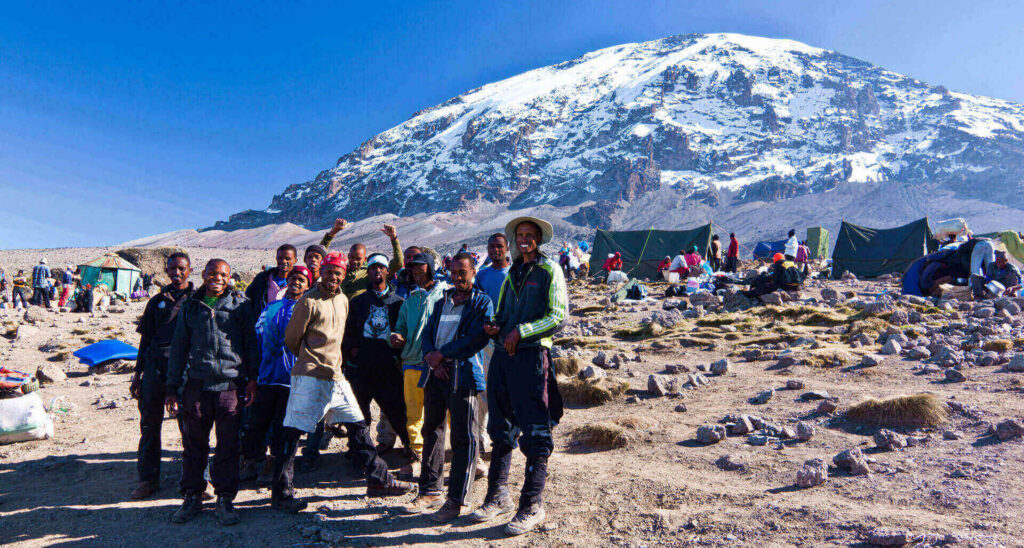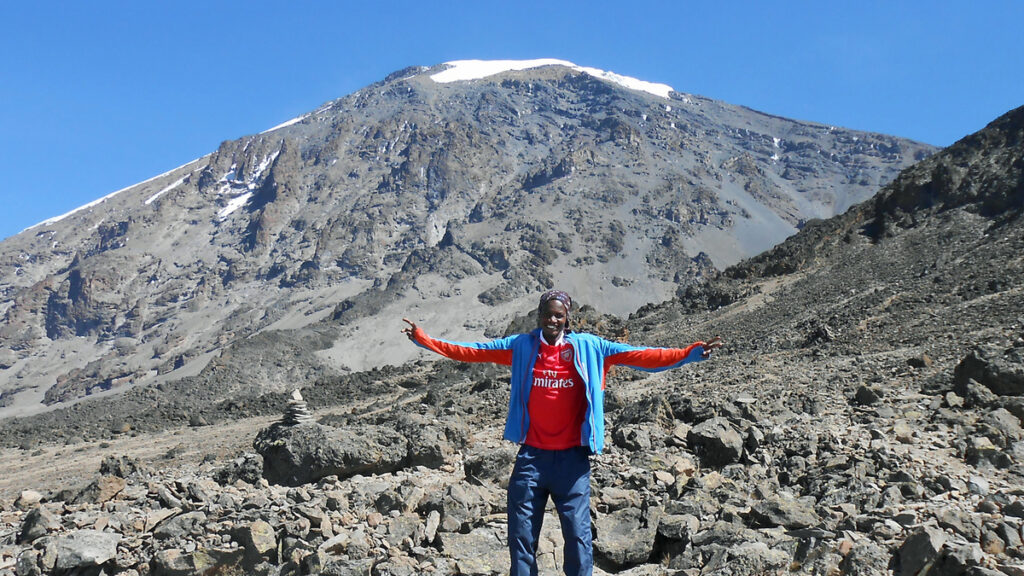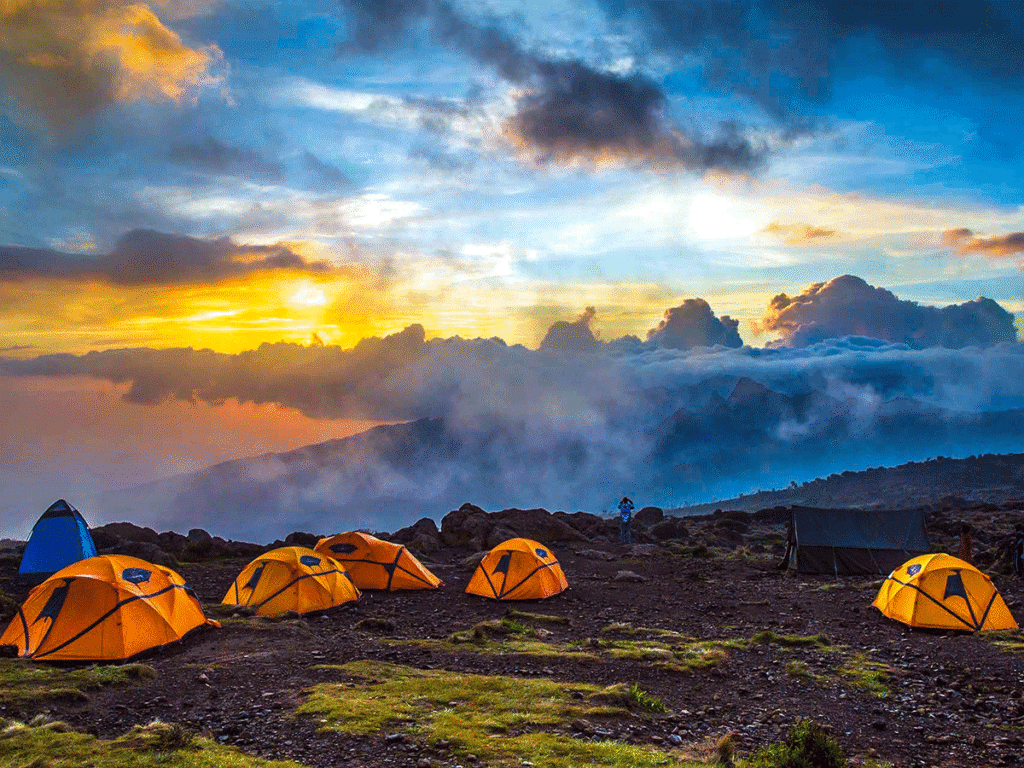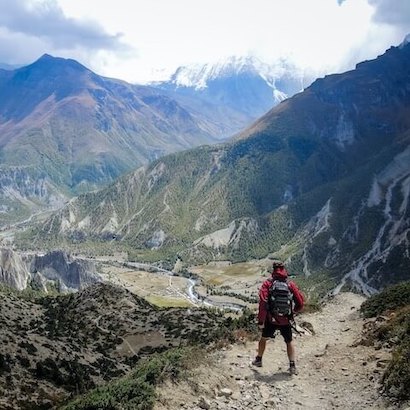- 1
- 1
- 5
- 1
- 1
- 3
- 1
- 3
- 20
- 3
- 10
- 14
- 15
- 11
- 14
Mount Kilimanjaro: Africa’s Crown Jewel – A Detailed Exploration
Mount Kilimanjaro, the tallest mountain in Africa, rises proudly from the plains of northern Tanzania like a silent, snow-cloaked guardian of the continent. Towering at 5,895 meters (19,341 feet) above sea level, Kilimanjaro is the world’s highest free-standing mountain and one of the legendary “Seven Summits” sought after by climbers globally. Its mystique lies not only in its majestic height but also in its ecological variety, cultural significance, and symbolic importance as a beacon of endurance and beauty.
Geographical Significance and Formation
Mount Kilimanjaro is part of the larger East African Rift system, where the Earth’s crust has been stretched and thinned by tectonic activity over millions of years. It comprises three main volcanic cones:
- Kibo (the highest and central cone, dormant),
- Mawenzi (5,149 meters, rugged and deeply eroded),
- Shira (3,962 meters, now mostly collapsed).
Of these, only Kibo retains a summit covered by glaciers and perennial snow. The last major volcanic activity occurred around 360,000 years ago, though minor fumarolic activity still occurs at the Reusch Crater, a testament to the mountain’s latent geothermal energy.
What sets Kilimanjaro apart from other great mountains is its isolation. Unlike ranges such as the Himalayas or Andes, Kilimanjaro stands alone, rising abruptly from the savannahs below. This isolation gives it an unmatched visibility and grandeur—on clear days, it can be seen from more than 100 kilometers away.
Ecological Zones: A Journey Through Multiple Worlds
A climb up Kilimanjaro is not simply a mountain ascent; it’s a passage through five distinct ecological zones, each with its unique climate, landscape, and life forms.
Cultivation Zone (800 – 1,800 m):
- This fertile belt surrounds the base of Kilimanjaro and is heavily farmed by the Chagga people. Crops like bananas, maize, beans, and coffee thrive in its rich volcanic soil.
Montane Forest Zone (1,800 – 2,800 m):
- A lush, dense rainforest teeming with wildlife such as blue monkeys, olive baboons, colobus monkeys, and a variety of birds like the Hartlaub’s turaco and the bar-tailed trogon. Rainfall is plentiful here, nourishing the thick undergrowth of ferns, mosses, and wild orchids.
Heather-Moorland Zone (2,800 – 4,000 m):
- Vegetation becomes sparser but striking, with strange giant groundsels (Dendrosenecio kilimanjari) and Lobelia deckenii, adapted to withstand freezing nights and intense sunlight. The scenery here is otherworldly, with rolling moorlands, small shrubs, and rocky outcrops.
Alpine Desert Zone (4,000 – 5,000 m):
- A dry, inhospitable landscape with strong winds, thin air, and little vegetation. The vast, barren plains of dust and scree make for a harsh but beautiful environment, where survival is a struggle even for the hardiest mosses and lichens.
Arctic Summit Zone (5,000 – 5,895 m):
- This zone is icy and frigid, with permanent snowfields, glaciers, and barren rock. The famous Furtwängler Glacier and other ice formations crown the summit crater but are rapidly retreating due to climate change.
Cultural Importance to the Chagga People
For centuries, Mount Kilimanjaro has held spiritual significance to the indigenous Chagga people who live on its fertile slopes. In their beliefs, the mountain is the dwelling place of ancestral spirits and gods. Its snow-capped summit was once thought to be the domain of supernatural forces. Even today, rituals and ceremonies in honor of Kilimanjaro’s spirits are occasionally performed.
The mountain also sustains the Chagga economically. Coffee cultivation on its fertile lower slopes remains an essential livelihood, with Kilimanjaro coffee prized internationally for its rich flavor.
History of Exploration and Climbing
European fascination with Kilimanjaro began in the 19th century. German missionary Johannes Rebmann was the first European to document seeing its snow-capped peak in 1848. His report was initially dismissed as a fantasy—how could snow exist so close to the equator?
The first successful summit attempt was made in 1889 by Hans Meyer and Ludwig Purtscheller, who scaled Kibo to what is now called Uhuru Peak (“Uhuru” meaning “freedom” in Swahili). Since then, thousands of trekkers and mountaineers have followed in their footsteps.
Kilimanjaro gained worldwide recognition in the mid-20th century and now attracts over 35,000 climbers annually, making it the most frequently ascended of the Seven Summits.
Climbing Routes: Choices for Every Adventurer
Several main routes ascend Kilimanjaro, each offering a distinct experience:
Marangu Route (“Coca-Cola Route”):
- The only route offering hut accommodation rather than camping. It is relatively gentle but has a lower success rate due to insufficient time for acclimatization.
Machame Route (“Whiskey Route”):
- A favorite for its scenic variety and better acclimatization profile. It involves steeper paths and camping, but offers some of the best vistas on the mountain.
Lemosho Route:
- Less crowded, longer, and more gradual, providing excellent opportunities for wildlife viewing on the lower slopes and higher summit success rates.
Shira Route:
- Similar to Lemosho but begins at a higher elevation. It has beautiful landscapes but poses a greater risk of altitude sickness due to the quick gain in height early on.
Rongai Route:
- Approaches the mountain from the north, near the Kenyan border. It is the driest route, making it ideal in the rainy season. Views here differ dramatically from the southern routes.
Umbwe Route:
- The steepest, most direct path—only for highly experienced climbers seeking a challenging, less crowded route.
Regardless of the route, reaching Uhuru Peak demands determination, physical fitness, and careful altitude acclimatization to avoid Acute Mountain Sickness (AMS).
Environmental Concerns: A Mountain in Peril
Mount Kilimanjaro is also a symbol of environmental fragility. Its iconic glaciers have shrunk by more than 85% since 1912, largely due to climate change. Scientists estimate that these glaciers could disappear entirely within the next two to three decades if global temperatures continue to rise.
Deforestation on the lower slopes, linked to agriculture and firewood collection, has also altered the local climate, reducing cloud cover and rainfall patterns that feed the glaciers. To combat these threats, the Tanzanian government, NGOs, and local communities are involved in reforestation projects, eco-tourism initiatives, and environmental education programs.
Trekking tourism, while economically vital, brings its own set of challenges—waste management, trail erosion, and human impact must be carefully managed. The Kilimanjaro Porters Assistance Project (KPAP) works to ensure fair wages and treatment for the porters and guides who are essential to every climbing expedition.
Best Time to Visit
The optimal times to climb Kilimanjaro are during the two dry seasons:
- January to early March: Warmer with clearer skies; best for photography.
- June to October: Cooler and often busier due to coinciding with the European and North American summer holidays.
Avoid the long rains (March to May) and short rains (November), unless you prefer solitude and are prepared for muddy trails and cloud-obscured views.
Tourism and Economic Impact
Kilimanjaro is a cornerstone of Tanzania’s economy, generating significant income from tourism, park fees, and related services. Climbers employ guides, cooks, and porters—often from nearby villages—providing essential livelihoods for thousands.
Additionally, Kilimanjaro’s image graces Tanzanian currency, logos, and even beer brands (like “Kilimanjaro Lager”), signifying its deep-rooted presence in national identity.
A Symbol Beyond Geography
Beyond its physical form, Kilimanjaro holds symbolic weight. Ernest Hemingway immortalized it in his short story “The Snows of Kilimanjaro”, using the mountain as a metaphor for purity and existential reflection. It has also inspired countless adventurers, photographers, and environmental activists worldwide.
For climbers, standing atop Uhuru Peak is not merely a geographic achievement—it is an emotional triumph, a reminder of humanity’s ability to endure and overcome.
Conclusion: The Enduring Majesty of Kilimanjaro
Mount Kilimanjaro is far more than just a geographical feature; it is a mosaic of natural wonder, cultural depth, and human ambition. Its ecological layers tell the story of evolution and adaptation, its glaciers silently warn of climate change, and its summit calls to the spirit of explorers.
Whether you seek to conquer its icy peak, photograph its grandeur from the plains, or understand its place in African life, Kilimanjaro remains one of Earth’s most awe-inspiring treasures—a mountain that touches both the sky and the soul.
Quick Facts
- Location: Kilimanjaro Region, northern Tanzania
- Height: 5,895 meters (19,341 feet)
- Type: Dormant stratovolcano (highest free-standing mountain in the world)
- First Ascent: Hans Meyer and Ludwig Purtscheller (1889)
- Ecological Zones: Cultivation, Montane Forest, Heather-Moorland, Alpine Desert, Arctic Summit
- Main Cones: Kibo (Uhuru Peak), Mawenzi, Shira
- Annual Climbers: Over 35,000
- Best Time to Climb: January–early March, June–October (dry seasons)
- Key Concerns: Glacier retreat, deforestation, waste management
- Cultural Significance: Sacred to the Chagga people
